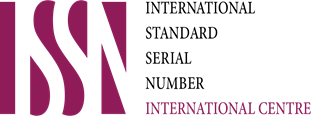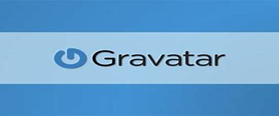POWER AND PERSUASION: ANALYSING LINGUISTIC STRATEGIES USED IN VILLAINS' MONOLOGUES IN 'MY HERO ACADEMIA'
DOI:
https://doi.org/10.63878/aaj790Keywords:
Persuasion, Villain rhetoric, Manga discourse, Critical discourse analysis, Dramatism theory, My Hero Academia.Abstract
This study examines the persuasive language tactics employed by villains in Kohei Horikoshi’s manga series My Hero Academia, analyzing how their monologues serve as tools to assert power, shape perception, and challenge heroic ideals. Through a qualitative analysis of selected chapters, the research examines how antagonistic characters utilize language to craft compelling narratives, attract followers, and blur moral boundaries. Building on Kenneth Burke’s dramatism theory and Norman Fairclough’s critical discourse analysis, the study reveals how villainous rhetoric works symbolically and ideologically within the manga’s socio-political context. Villains’ speeches are not just narrative devices, but also discursive acts that reflect broader themes of resistance, identity, and authority. The analysis reveals recurring patterns of emotional appeal, ideological framing, and strategic ambiguity, demonstrating how language serves as a tool of influence and control. Additionally, the study considers how heroes respond to these rhetorical challenges, providing insight into counter-persuasion and the negotiation of values. By connecting fictional discourse with real-world communication theories, this research contributes to our understanding of how manga serves as a cultural artifact that reflects and critiques societal power structures. The findings have implications for literary analysis, media studies, and the craft of storytelling, offering creators and scholars a deeper appreciation of the linguistic intricacies embedded in villainous speech.




































